Orange Dream Japanese Maple – 1 Gallon Pot
$69.97 Original price was: $69.97.$48.98Current price is: $48.98.
SKU: D2LSC 2769389047 Category: JAPANESE MAPLE TREES
- Buy quality, buy with us.
- Your Security is Our Promise
- Sustainable materials, for a better tomorrow.
- SSL encryption, absolutely safe shopping

Orange Dream Japanese Maple
Acer palmatum ‘Orange Dream’
Plant Details
USDA Plant Hardiness Zones: 5b-9a Find Your Zone
Height at Maturity: 10-15′
Width at Maturity: 8-10′
Growth Habit / Form: Upright, Vase Shape
Growth Rate: Moderate, Fast
Foliage Color in Spring: Bright Yellow, with Orange-Red edges
Foliage Color in Summer: Bright Chartreuse Green
Foliage Color in Fall: Bright Yellow with more Orange-Red
Light Needs: Morning Sun with Dappled or Afternoon Shade, All Day Filtered Sun
Water Needs: Average, moderately drought tolerant when established
Soil Type: Sandy, Loam & Clay (Condition heavy clay soils when planting)
Drainage: Well drained soil is a must!
Soil pH: 5.0 – 7.0 is ideal
Maintenance: Low
Resistances: Deer – more info, Heat Tolerant, Insect, Disease, Sun Tolerant
Description
An absolutely beautiful tree with vivid coloring spring through fall, the leaves of the Orange Dream Japanese Maple emerge yellow with orange-red margins in spring. The leaves slowly fade to a bright lime, chartreuse green color by early summer and in fall revert back to the spring color but with more orange and red. In hotter climates we suggest afternoon shade for best color. All grown up, Orange Dream reaches 12 to 15 feet in height and 8 to 10 feet wide.
Landscape & Garden Uses
To showcase its magnificence and beauty, a Japanese Maple is best used in the landscape as a focal point specimen to draw attention to a specific area of the home or landscape. That said, you can plant them in groupings of three or plant one on both sides of an entryway.
Suggested Spacing: At least 12 feet apart for space between trees
Container culture can extend the useful range of Japanese Maples. They are extremely easy to grow in containers, a practice taken to its most extreme form in the art of bonsai. Click on the link below under Helpful Articles for Japanese Maple container planting instructions.
Note: One Japanese Maple can make a landscape…that is, if you don’t overcrowd it with other trees and plants. Therefore, when choosing companions to plant under or around your Japanese Maple, make sure to select low-growing shrubs or groundcovers that won’t interfere at all with your tree.
Note: For our customers who live and garden north of USDA Plant Hardiness Zone 5b, where this Japanese Maple variety is not reliably winter hardy, you’ll be happy to know it can be grown in containers that can be brought indoors during winter and placed back outside when temperatures warm up in spring.
Growing Preferences
Though delicate looking, Japanese Maples are actually very tough and long-lived trees. They are very easy to grow. Container culture can extend their useful range. They are extremely easy to grow in containers, a practice taken to its most extreme form in the art of bonsai.
In their natural habitat, Japanese Maples are understory trees, growing in dappled forest sunlight at the edges of woodlands. Ideally Orange Dream Japanese Maple prefers to be grown in similar conditions. That said, there are many sun-tolerant Japanese Maple varieties.
Most any average garden soil will grow Japanese Maples. They prefer a moist but well-drained soil rich in organic matter. As with so many other ornamental plants and trees, constantly soggy or wet soil can be problematic. So make sure to plant your Japanese Maple in a well-drained site.
Helpful Articles
Click on a link below to find helpful advice from our experts on how to plant and care for Japanese Maple trees.
How To Plant A Japanese Maple Tree In The Ground
How to Plant A Japanese Maple Tree In A Pot
How To Fertilize And Water A Japanese Maple Tree
How To Prune A Japanese Maple
Plant Long & Prosper!
Meet The Wilson Brothers & Staff
Questions? Contact Us!
Be the first to review “Orange Dream Japanese Maple – 1 Gallon Pot” Cancel reply
Related products
Sale!
JAPANESE MAPLE TREES
Sale!
JAPANESE MAPLE TREES
Sale!
JAPANESE MAPLE TREES
Sale!
JAPANESE MAPLE TREES
Sale!
JAPANESE MAPLE TREES
Sale!
JAPANESE MAPLE TREES
Red Japanese Maple – Acer Palmatum ‘Atropurpureum’ – 1 Gallon Pot
Sale!
JAPANESE MAPLE TREES
Sale!
JAPANESE MAPLE TREES


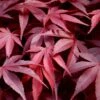

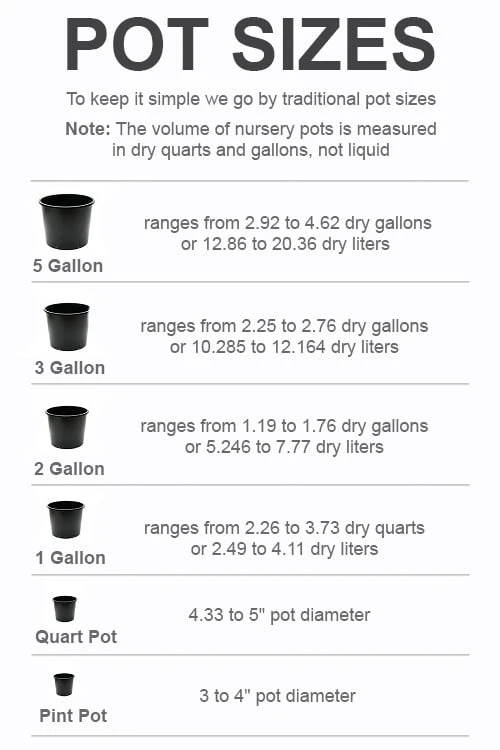

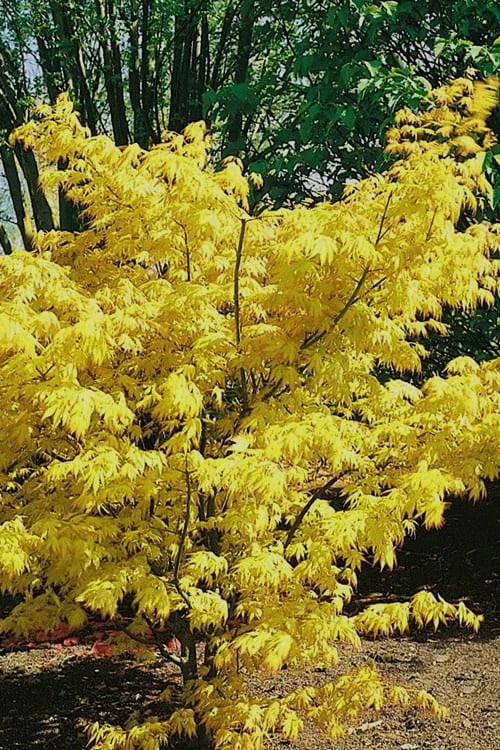
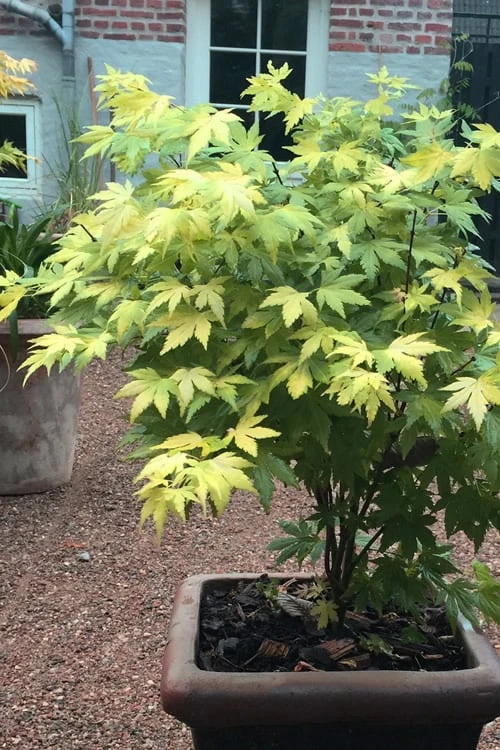

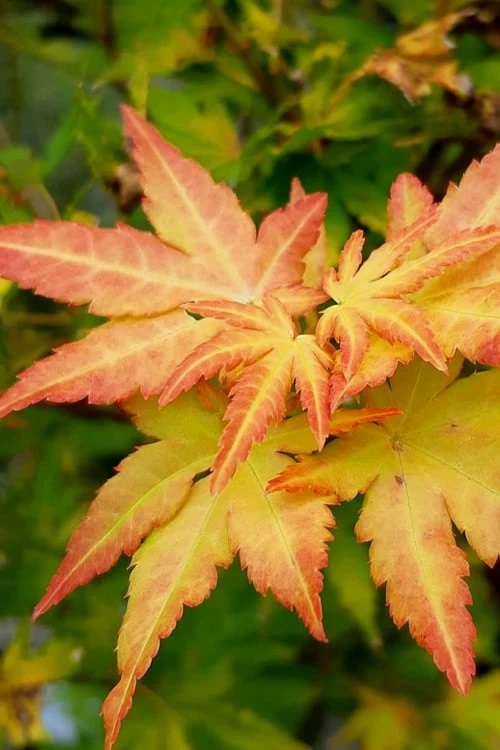

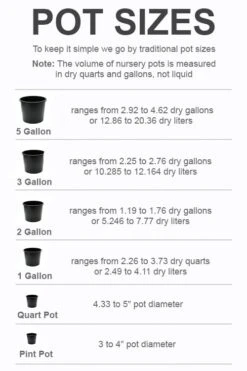

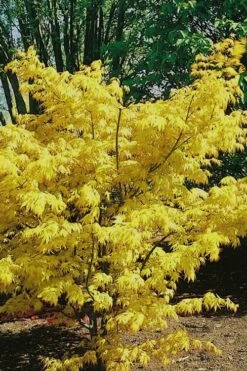
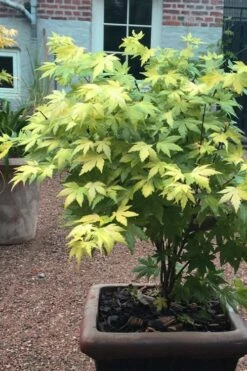



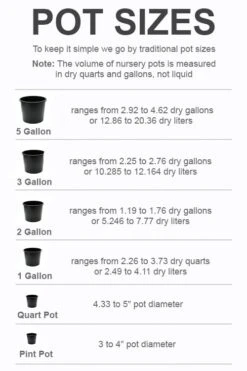


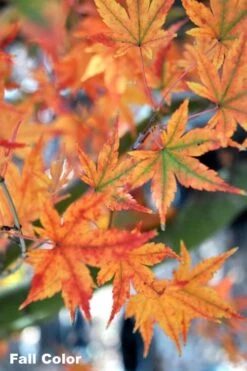
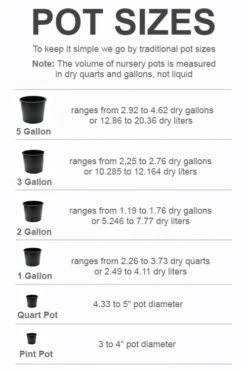

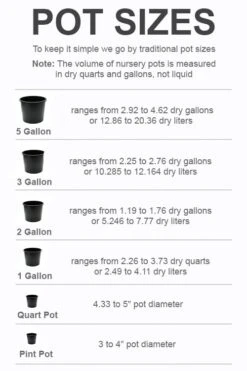

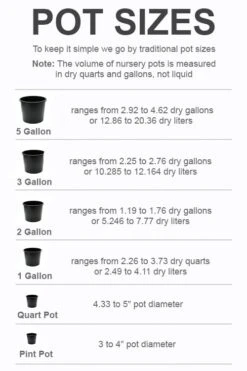
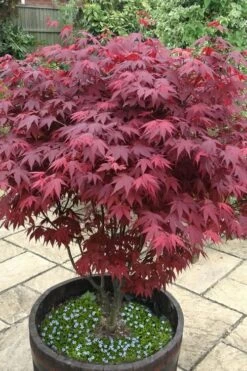

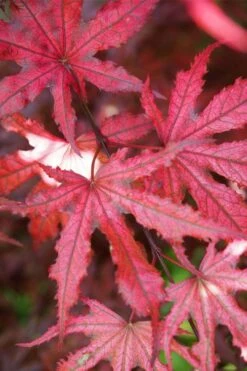
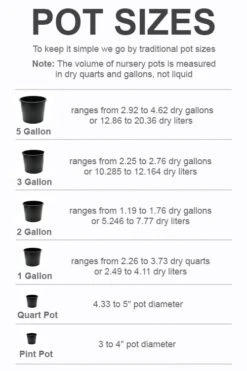


Reviews
There are no reviews yet.